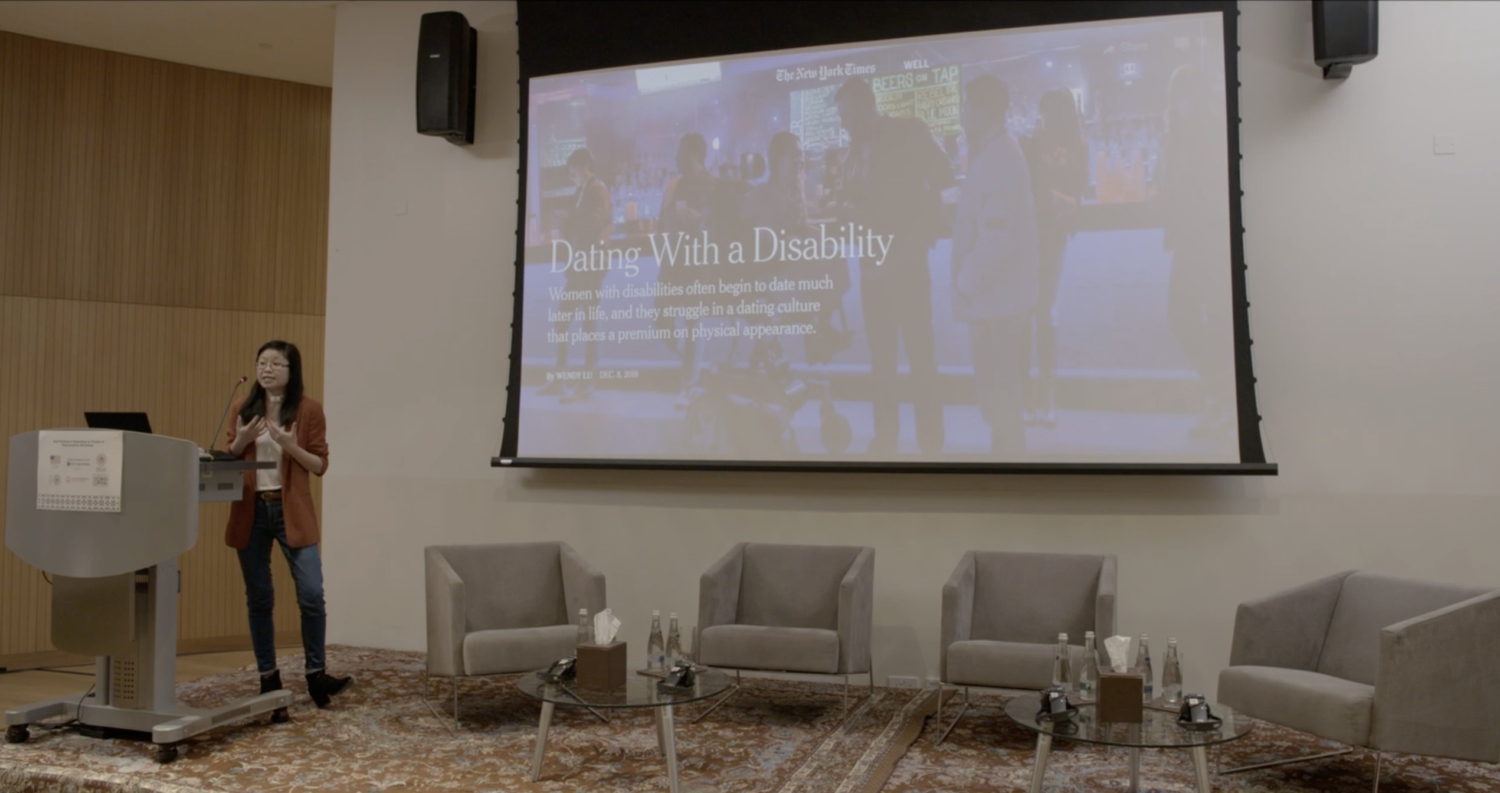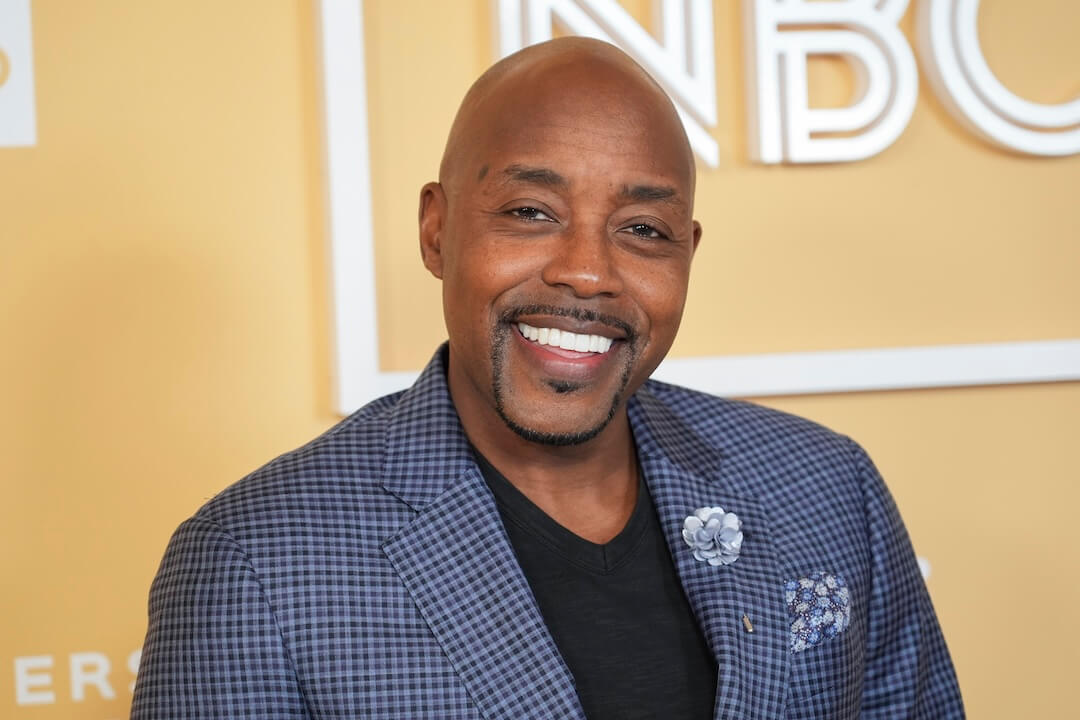When reporting on disability, a May 2020 update to the Associated Press Stylebook suggests asking subjects whether they prefer identity-first language or person-first language. But many articles still make presumptions about how disabled people identify and how their disability impacts their lives. Writers and editors say the industry sorely lacks disability representation, even as COVID-19 pushes disability-rights topics like accessibility and mail-in voting to the forefront.
The common message from disabled journalists in the industry is for nondisabled reporters to acknowledge that disability, like other identities, is interwoven into their subjects’ lives and that this is especially true during a time of such medical uncertainty, with anxiety over unknown long-term health effects looming. One of those journalists is s.e smith, a writer and a deputy editor for publications like Talk Poverty, Bitch, The Nation and Rolling Stone.
“Disability has such a bearing on every aspect of our everyday lives that it is ludicrous to act like it won’t touch pretty much every story,” smith said. “You see this, even with reporting on COVID, which you would think it’s like a disability issue. I’ll do a Ctrl F and search for disab(ility) and like nothing comes up, and that tells me that that reporter is not doing the work. Probably because they don’t know that they should be doing the work because their newsroom isn’t training and supporting them properly.”
Searching for disability as a subject or aspect of regular reporting and finding nothing — or worse, finding something actively harmful — is a regular part of every disabled journalist’s routine. Those who spoke to Poynter for this story pointed to a lack of disability representation in stories about climate, police violence against racialized communities, and voting and polling issues as examples of where the media has left disabled voices and stories behind.
But COVID-19 has opened up opportunities to report on disabled aspects of the ongoing health crisis in a way that the community has been speaking about for decades. Sara Luterman is a freelance journalist for publications such as NBC, Vox, and The Nation. She said a piece that she wrote in August is an example of how disability issues can reach a broader audience and not be limited to a one-off feature or beat reporting.
“I recently wrote a piece for The Nation about nursing home abolition, which is something we’ve been talking about for years and years and years,” Luterman said. “I mean, since the independent living movement started in like the ’60s, but it’s not really something that people outside of our community ever really thought about. So finally, having an opportunity to expose people in the mainstream to those ideas has been actually very gratifying even if the reason that we’re able to do it is horrifying.”
[the_ad id=”667826″]
This lack of stories where disability is a regular aspect of reporting reflects a distinct lack of care when it comes to nondisabled journalists writing about the community. Alice Wong, founder and director of the Disability Visibility Project, said that one way nondisabled reporters go awry is in their choice of words that devalue the subjects of stories.
“Nondisabled reporters continue to use euphemisms such as ‘special needs’ or ‘preexisting conditions’ when what they’re actually referring to is disability,” Wong said. “What are people so afraid of? Nondisabled people may also have implicit bias that disabled people have lives that are tragic or are of lower quality that aren’t worthy of treatment or care.”
Another common pitfall is nondisabled reporters actively choosing to not interview disabled people. Wendy Lu is a journalist for the Huffington Post and said that stories, particularly on the health beat, tend to use caregivers and friends as sources rather than members of the disability community.
“If there’s a story that is about disability, but … a single person with a disability is not spoken to for the story, that’s a big issue,” Lu said. “I feel like with any story, if you’re writing about somebody, or a community, you have to talk to them, right? Otherwise we would just have peripheral voices.”
While diversity statistics about disability in American media are hard to come by, and marginalized journalists often being asked to work for free, Wong said the key is having more disabled journalists in the newsroom.
“Hire and involve disabled people. Have disabled people review and test things for accuracy, accessibility and sensitivity,” Wong said. “Conduct meaningful engagement with the disability community and show up for them rather than performative allyship.”
[the_ad id=”667872″]
Emily Ladau, editor-in-chief at Rooted in Rights, echoed Wong’s statement. “We forget that disabled people shouldn’t just be subjects of stories or people who we quote for free labor all the time,” Ladau said. “It’s time to shift that focus away from against disabled people being subjects to disabled people being the ones who are driving the conversation.”
Like with reporting on any marginalized community, reporters and editors may need guidance for how to report on the disability community in a way that reflects knowledge on the group. While the update from the AP Stylebook did expand on its disabilities section, its framework is still limited. In general, resources on reporting on the disability community are sparse.
The National Center on Disability and Journalism, at Arizona State University, is one place that journalists can look to for tools to improve their disability reporting. Kristin Gilger, director of NCDJ and interim dean of the Walter Cronkite School of Journalism and Mass Communication told Poynter that some NCDJ’s resources include its Disability Language Style Guide, lists of disability organizations and experts and a “Reporting on Disability” checklist.
“The most popular is our Disability Style Guide, and it has dozens of words and terms related to disability and provides context and advice on language use,” Gilger said. “That can be very helpful because language with regards to disability changes very quickly. It can be offensive if you choose some words over others.”
While NCDJ’s style guide has more extensive guidelines than the AP Stylebook, many disabled journalists think there is still room for improvement. smith said that “there are parts of the NCDJ guide that I do not like, especially around person-first versus identity-first language.” smith pointed out that the small team of people involved in the creation of the guide should not be considered as entirely representative of the community. smith encourages journalists navigating reporting on disability to “talk to people because the community is so diverse.”
Gilger said that NCDJ’s guide tries to “educate people so that they can make their own decisions,” rather than taking stances on certain terminology. “As we noted in the style guide, there is not a unanimous agreement on using people-first versus identity-first language,” Gilger said. “Within certain communities, identity-first language does seem to be the preferred language.”
From articles to well-intended resources, the media can fail at accurately representing the disability community. Ladau faced this situation with Rooted in Rights in April, when the publication pulled a story about virtual learning and students with intellectual and developmental disabilities after self-advocates pointed out harmful tropes in the piece. In a statement on Rooted in Rights’ website posted after removing the article, Ladau wrote that “the piece was rooted in ableist concepts of ‘normal’ behaviors and behavioral ‘regression,’ as well as the use of segregated learning environments.”
The criticism led Rooted in Rights to take accountability for its harm, which Ladau noted that bigger publications may not always do. “When you have people who are identified as part of a community coming to you and saying, ‘Hey, what you put out into the world is causing harm,’ take a second look at that. You need to take that really seriously,” Ladau said.
[the_ad id=”667878″]
Many issues on disability reporting raised by disabled writers and editors come from how nondisabled reporters view disabled people. In July, Luterman criticized a New York Times article about gene editing because it “fail(s) to ask a single disabled person how we feel about it.” Luterman told Poynter that nondisabled reporters write about disabled people in a way that “makes people feel good about themselves or illustrate those suffering and often don’t tell our own stories.”
Editors and journalists who talked to Poynter for this piece highlighted the lack of disabled people in media and issues with how the disability community is reported on. Stories on disability should not just be tied to milestones like the 30th anniversary of the American with Disabilities Act or written about in an inspirational way.
Disability reporting should instead be weaved into regular reporting, as the disability community have and will be affected by issues which already garner national media attention, like climate change and police brutality.
“It’s good to see that we’re getting more coverage,” Ladau said, “but I think that we need to move to the point where it’s no longer a novelty.”
John Loeppky is a Saskatchewan-based disabled journalist and theatre artist. His work can be read at outlets such as FiveThirtyEight, CBC, and Briarpatch Magazine. You can follow him on Twitter at Cymru_Et_Canada and find more of his work at https://linktr.ee/johnloeppky
Julia Métraux is a health and culture writer whose work has appeared in Narratively, The Tempest, BUST, and Briarpatch Magazine. You can follow her on Twitter at @metraux_julia and read more of her work at https://juliasmetraux.journoportfolio.com/







